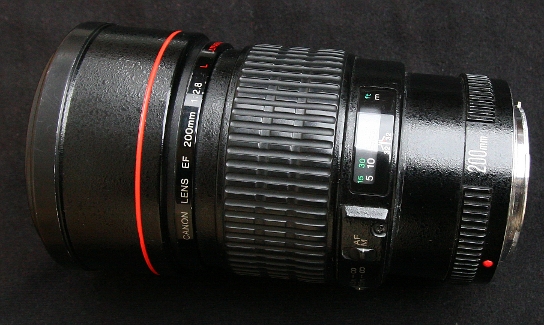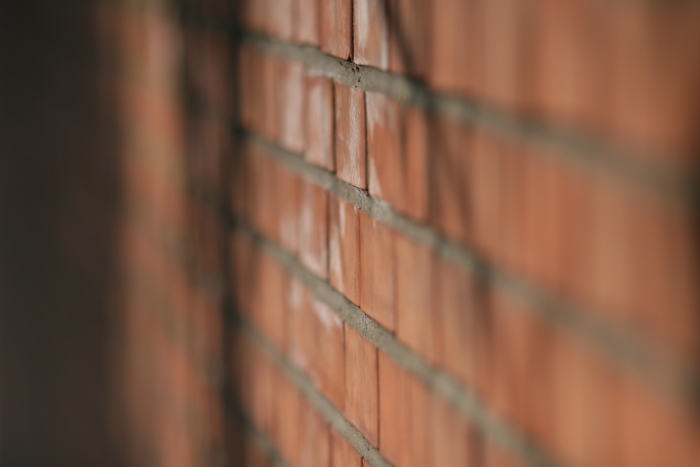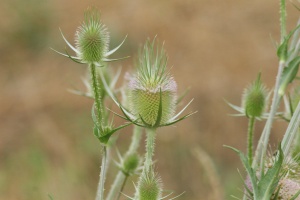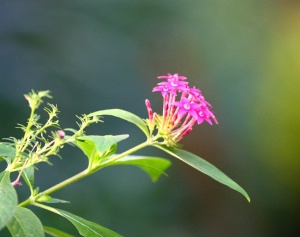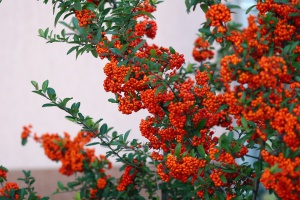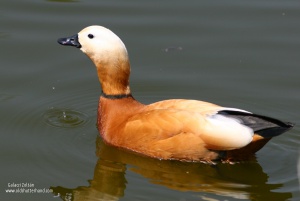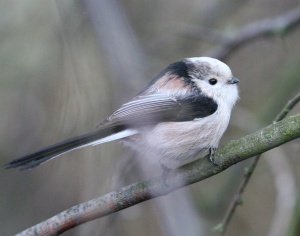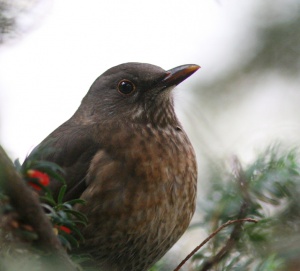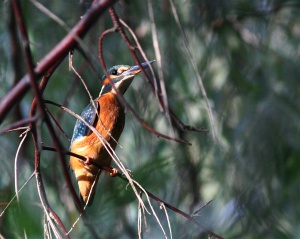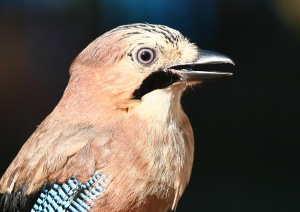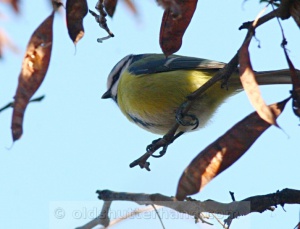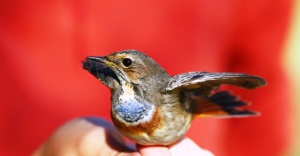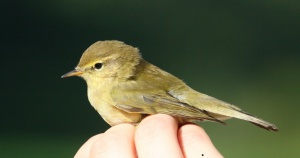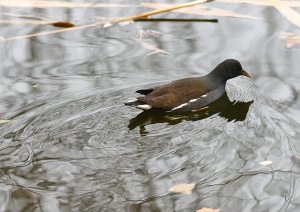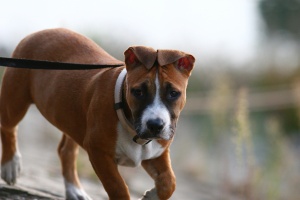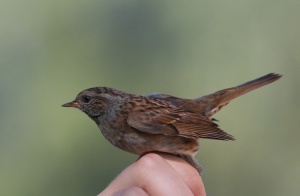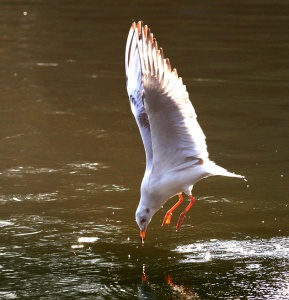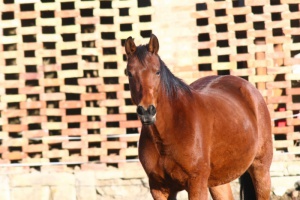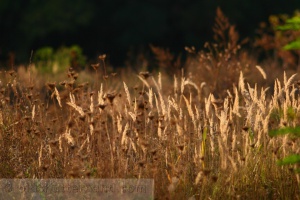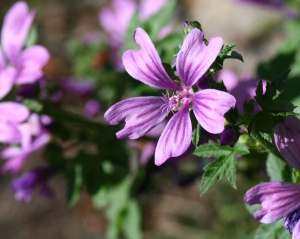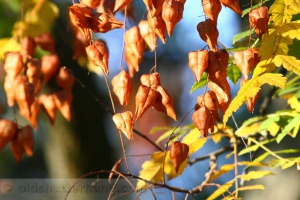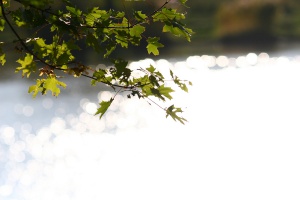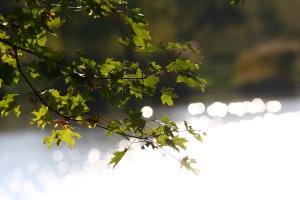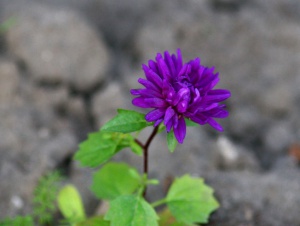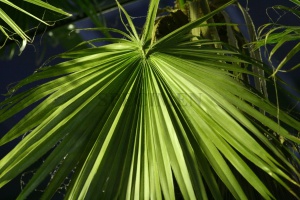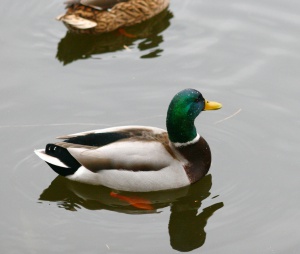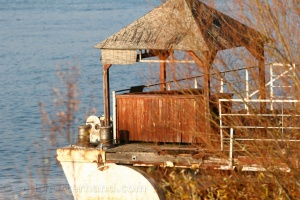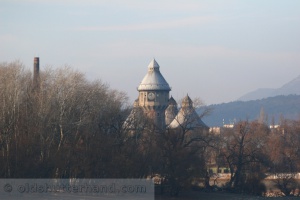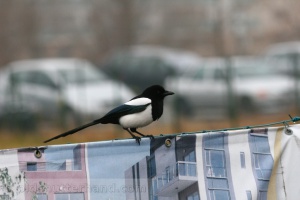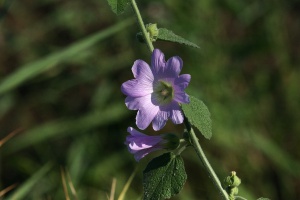Canon 200mm f2.8 review the famous primepipe
Canon 200mm f2.8 review
Update:22/11/2014
Canon 200mm f2.8 review
Whole name: Canon EF 200m f2.8L MK I USM

Canon 200 f2.8L review
Introduction
What do you think about the above picture ? This is a 100% crop(Full size 3504 pixel crop) of the image taken with a Canon 200 f2.8 USM L lens with the Kenko 1.4 dgx teleconverter attached on a Canon 30d camera with no post processing. If you want a sharper lens the cheapest possibility is perhaps the Canon 300 f2.8 L is.
This is a very fine piece of equipment. I can say that this is a pixel-peepers lens. The lens without the teleconverter is optically faultless. Contrast, colors, sharpness all excellent. No cast, no fringing. You can make ‘wow’ pictures with it. If you want to compare, most images from other lenses are looks low-quality compare to this lens, lenses like Canon 24-105 L is or Canon 24-70 L Mk I. This lens has better contrast, nicer colours, and higher resolution than many other lenses. The lens has super fast and accurate autofocus. You can get lots of fine detail, basically just depend on the camera sensor capabilities. If you want to compare to something I can say that the canon 50/1.8 II is not the same class (picture quality, contrast, colours, resolution comparable in number but in looking much different because the 200 collect this amount of details from much smaller area) on my 30D, the 200L so much better. This lens is as sharp (maximum resolution) at its sharpest setting as the 6000 dollar mighty Canon 200 f2 L is The latter a little bit sharper at bigger apertures (f2-f3.5). Very few Canon L lens is sharper than this lens. This lens is sharper than the Non-L Canon 100mm macro lens for example.
| [do_widget Text] |
There is some difference in resolution though, depending the cameras attached. On 50d the resolution at f2.8 8,8% sharper – (2247) than on my 30D at the sharpest setting (f5.6) – (2065). According to this the lens easily can be used at f2.8 on more than 15mp cameras, on my 30d if I really want very sharp pictures(small birds) I stop down to f4 (stopping down helps to increase the depth of field as vell, at f2.8 closer distances the DOF paper thin: 2cm from 3 meters). The maximum resolution on 50d (2452) is almost 20% sharper, than on my 30D. (The numbers are from photozone.de)
Technical datas:
|
Weight: 765 g Nearest focus point: 1,5m (very good compared to the 3,5m of the 400f5.6 L) Aperture: f2.8-32 Aperture blades: 8 straight blades Length/width: 136/83mm Magnification: 0.16x with two converters 0.448x Filter size: 72 mm Focus limiter: 1,5 or 3,5m Stabilizer: No Versions: I have the MK I version with the built-in hood. Mk II said to be optically the same but with bigger not built-in hood. ( I prefer the built-in hood.) Distance scale: 1,2-5 -10 m DOF scale: only f32 Tripod Mount: optional Hood: Mk I built in, Mk II separate included |
On crop sensor DSRL
An interesting question: What is it good for ?
The lens’s main limit is the 200mm focal length. If you haven’t used primes yet, better to check before buy. Why people doesn’t know, or buy this lens? Because much more comfortable, and easy to use a zoom lens. This focal length is good for sports, portrait from a distance, with teleconverters for birds/wildlife.
| [do_widget Text] |
Is it recommended for inside usage ?
Without flash in a normally or good lit room you can use it at iso 3200 at f2.8 handheld. In a dark room without flash better to find another solution.
I thought before I bought the lens, I can easily use inside, but this is not the case: I often turned the iso to 3200 and or set exposure compensation back in order to have a sharp shot. On the contrary outside the lens is usable almost all circumstances.
Portraits from a distance
If you want to make portraits with an APS-C camera you need about 5-6 m for head shots. If you want 2 people portraits you need at least 10-15m distance. I mainly use the lens for birding and portraits, terrific portratits can be made with the lens, for portraits it is good even wide open with the 2X teleconverter.
Wildlife, birding with or without teleconverters:
With 1.4 teleconverter sharp even wide open at f4, there is a slight edge with an 1.4 converter the lens keeps their excellent contrast in bigger amount than with a 2x converter. Not bad even with the 2x teleconverter, but in this case I try to stop down at least to f3,5. Without teleconverters the f2.8 aperture quite handy. ( Dusk, fog, sunset). Photographing birds without the converters not easy. Need to be very close for small birds, with big birds can work more easily. I recommend at least 400mm focal length for comfortable birding.
Fine details of anything, butterflies, bugs, animals
Sports:
Ideal choice for sports. Super sharp, fast focus, good focal length, can freeze action.
Landscapes:
Strange but possible to make very nice landscapes from a distance, super detail, high quality pictures, in this case better that the lens not so long (400-500mm).
Anything with fine detail:
Plants, butterflies, any other thing’s details. Perhaps ideal for kids photography.
Macro:
See the example below. The lens with two (!) converters attached (a Canon 2x Mk II + Kenko 1.4 dgx). Mind blowing quality (2.8x magnified view of the lens !). The teleconverters help in magnification, but even with that it is not 1:1 magnification (0.448x), like a true macro lens. Extention tubes (empty rings) also can help. The 1.5m minimum focusing distance kept with the converters attached. The quality is not the same for long distances with the two converters, decreases, but still very interesting in good light.

560mm f/13 Canon 200mm+Canon 2x Mk II+Kenko 1.4dgx
What is it not good for:
One lens solution if your main interest is not artistic portraits, wildlife or sports.
For landscapes not idealistic (you prefer the smallest focal length with good quality possible), or pictures where you want everything in focus (but you can make very sharp landscape shots from a distance). The depth of field is quite shallow even at f32 if you not photograph very distant things. Inside usage not the best without flash, unless you have a super camera with very good high iso capabilities for example c5dMkII or something like this.
There is no free lunch:
Don’t expect the same quality with teleconverters. If you want to use it for birding the bare lens not convenient (you should be very close to small birds, paper thin depth of field, because of that focus should be very very precise, focal length is not enough), except for perhaps big birds from a hide. With a 2X teleconverter needs a lot of light, and I often ending up using iso 1600 without tripod, but the combination much smaller, lighter than the big primes (300f4, 400f5,6, 500f4, etc). The quality with the 2x is similar like the Sigma 50-500 lens at 400mm. For birding with the 1,4X converter lots of time the setup is too short(280mm), with the 2x(400mm) optically not good enough. Interestingly with two converters stacked can be usable.
General ideas about this lens in general:
If I doesn’t care about money, I would probably bought canon 500F4 or 400f5.6 or 300/f2.8 for birding, 85/1.8 for portraits, and a landscape lens 10-22, or perhaps a macro 90/100 mm. My main interest is birds and wildlife photography. Canon 70-200 f4s are also terrific lenses perhaps for multiple usages.But this lens gives a lot for the money.The best usage perhaps people(candids), sport, or bigger animals from a distance (But not idealistic, or convenient any of them. A 70 200, or 70-300 zoom perhaps easier and more fun to use). A sigma 150-500, or 50-500 or 400f5.6, or a Tamron 70-300 vc are more ideal lenses for birding, but I think these lenses cannot come close to this quality in general.
On Full frame DSRL:
Idealistic focal length for portraits, good for compressed landscapes, street photography, sports, short for birding.
Bokeh at f2.8 (APS-C)
Highlights
The lens has 8 straight aperture blades. Wide open the highlights has round shape, but stopped down will be octogonal shape even at f/3.2 aperture.
Positives:
Good build quality, super sharpness, colours, contrast, ultrafast autofocus, small(compare to what it is), black, not so expensive.
Drawbacks:
Too good, if you have this lens don’t like any other, you never want to sell this even if it would be reasonable, the Mk II version has problems with the hood (I prefer mark I with built in hood), the focal length is perhaps not the most useful, I wish it would be longer for wildlife, on Aps-C too long for portraits
Gallery must scroll down the page after clicking (most pictures made with the Canon 30D with 2X Soligor teleconverter and there is a separate gallery with Kenko 1.4dgx converter (you can check my reviews about the converters), and I can note that full size pictures much better, but there is a limitation because of the file sizes on the web):
Canon 200/2.8 L
Other galleries with converter combination at below link:
Canon 200 f/2.8 L with Kenko 1.4x Canon Mk II 2x and the two converters stacked
|
|
If you have questions about this lens or want to share your experience with this lens, you can do it in the comments.
